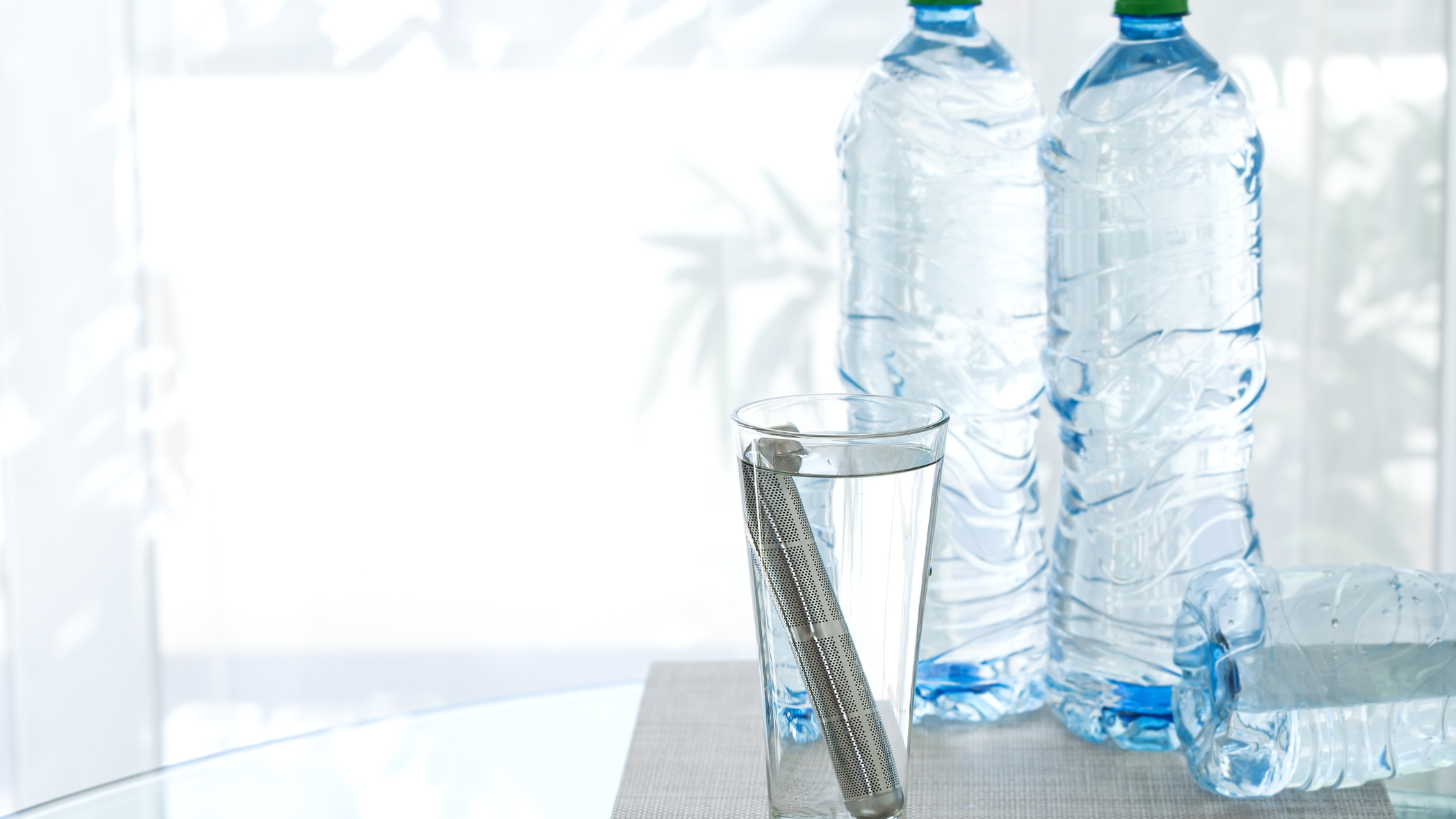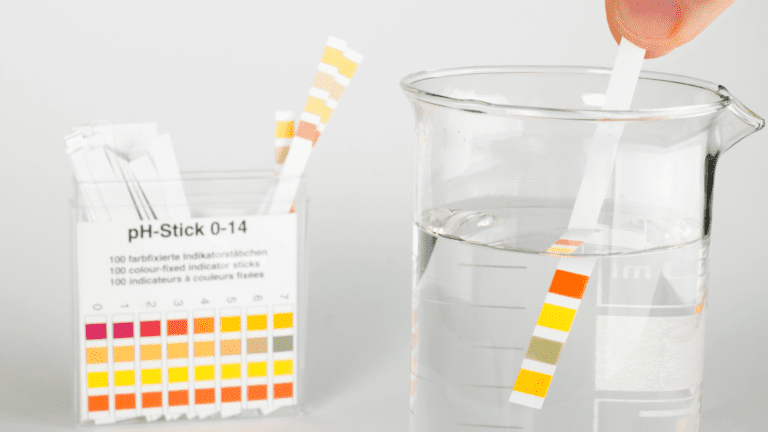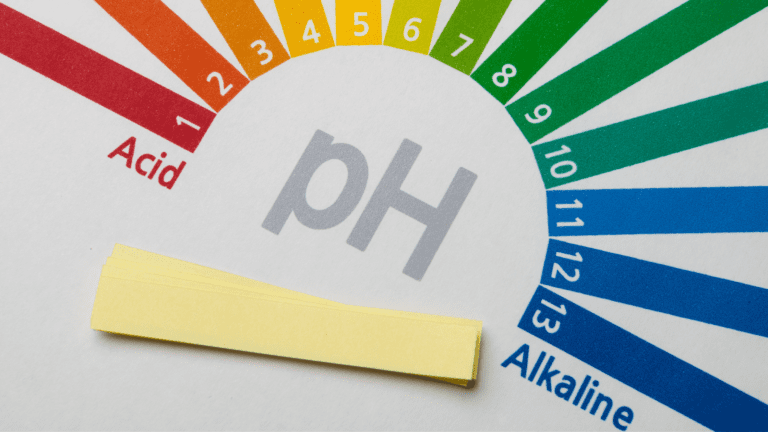MILDLY ALKALINE IONIZED WATER
Mildly alkaline water (pH 8-10) is marketed as healthy drinking water.1 It is produced from water ionizers via electrolysis.2Alkaline water containing molecular hydrogen is produced at the negative electrode (cathode).3 There are many names given to this water including: alkaline water,4 ionized water,5 alkali ion water,6 cathodic water,7 electrolyzed reduced water,9 and many more.
Electrolyzed reduced water (ERW) is the most common term in the scientific literature.1 It is called “electrolyzed” because the water has undergone electrolysis and is called “reduced” because the water at the cathode has been reduced to hydrogen gas and hydroxides. This alkaline water has reductive characteristics due to the presence of dissolved hydrogen gas.
ALKALINE IONIZED WATER CHARACTERISTICS
ERW for drinking purposes has a pH between 8-10 and a negative oxidation-reduction potential between -100 mV to -700 mV. It contains dissolved molecular hydrogen gas (responsible for the –ORP) and low dissolved molecular oxygen gas.3
EMERGING HEALTH BENEFITS
Studies on ERW began in the 1930’s in Japan1 and in 1965, the Japanese Ministry of Health, Labor, and Welfare approved ERW as a medical substance10 with potential to improve gastrointestinal symptoms11 (Read the details about this here). Over the ensuing decades, anecdotal and scientific evidence accumulated substantiating many other benefits of ERW1 such as; protecting DNA from radical damage,12 increasing glucose uptake,13 improving diabetes,14 preventing premature cell death,15 offering liver protection,16 preventing lipid oxidation,17 and others. 18
However, it was uncertain as to how ERW was producing these benefits.19-20 Some marketers,8 and unfortunately some scientists,1 started promoting ideas like microclustering, reduced surface tension, negatively charged water molecules, free electrons, active hydrogen,1 and others.
MOLECULAR HYDROGEN IS KEY TO ERW’S HEALTH EFFECTS
However, all these ideas have failed to pass scientific scrutiny,21-25 leaving the beneficial empirical and scientific observations without a rational explanation.21 It is now well-recognized that the primary agent responsible for the benefits is attributed to the dissolved molecular hydrogen gas.26 One leading ERW researcher from Kyushu University tested all the properties of ERW and the only one that exerted a therapeutic effect was the molecular hydrogen.27 This same observation was made by one of our advisors Dr. Lee from Korea who was a pioneer in ionized water research in the 1990s and now the leading Korean hydrogen scientist, as well as the the President of the Korean water society. He made the following statement:
“About 17 years ago (1990’s) I began studying alkaline ionized water and published scientific articles on its antioxidant, anticancer, and anti-diabetic effects, but did not really understand why the water worked. It was difficult to believe. Upon further investigation, I have now confirmed that the benefits from the alkaline ionized water are attributed to the hydrogen gas produced during electrolysis. The more I research and learn about hydrogen, the more dedicated and passionate I become in educating and helping others.”
The first time a link was suggested between ERW and hydrogen (although this was atomic or [“active”] hydrogen) appears to be in 1995.28 However, molecular hydrogen was not established and well-recognized as therapeutic until 2007.29 Prior to this time, articles on ERW made no mention of molecular hydrogen—at least not as an active component.30 However, starting in about 2010, articles on ERW began focusing almost exclusively on molecular hydrogen.30 Many recent articles will include molecular hydrogen in the title of the article; for example, “…molecular hydrogen saturated alkaline electrolyzed water…”.31
EVIDENCE
This is also clearly illustrated in a recently published article.32 The researchers used fresh ERW at pH 8.5 and 9.5 with a low H2 concentration in one group, and ERW with a pH of 8.5 and 9.5 with additional H2 gas (via bubbling) in another group. The results show that the ERW with a low H2 concentration did not offer any therapeutic effects. However, the ERW at pH 8.5 and 9.5, with the additional H2 gas, provided significant therapeutic protection.
Importantly, there was not a statistically significant difference between the pH 8.5 and 9.5 with the same higher H2 concentrations. This further shows that it is the dissolved molecular hydrogen that is responsible for the therapeutic effects of ERW and not the alkaline pH or any other enigmatic properties.
In fact, it is so well recognized that molecular hydrogen is the key component of ERW, that some studies will remove the molecular hydrogen from the ERW and use it for the control group.27, 40-42
For example, this research group40 prepared three types of waters: filtered water FW, electrolyzed reduced water ER, and ER with the H2 dehydrogenated (removed) DR. They made fresh samples twice daily and delivered it by a metallic straw from a closed bottle.


The table to the left shows the properties of these types of waters. It was observed in the study that the only type of water that provided the protective effects was the ER containing the dissolved hydrogen gas. Just a note, the ORP was only -148 mV, which one would expect it to be much more negative at that pH and H2concentration. However having done this for so long, I realize that ORP is an invalid measurement. I have tested ERW and received similar results and then tested it again after cleaning the probe and got -800 mV (see this article on ORP). So the lower ORP should not be a concerning issue. The water ionizer they used was a top commercial water ionizer in Japan TRIM ION TI-9000 system (Nihon Trim), which is also certified as a medical device.
Another study41 confirmed that it is the hydrogen gas and not the pH or minerals, or other properties of the alkaline reduced water that is responsible for the therapeutic benefits. They used three waters: regular water (RW) pH ≈7, degassed alkaline reduced water (DW) pH ≈9.5, and hydrogen alkaline reduced water (HW) pH ≈9.5. Their results (see below) showed that only the water containing the hydrogen gas was effective at reducing various metalloproteinase enzymes (MMP2, MMP3), markers of oxidative stress (nitrotyrosine, 4-HNE, 8OHdG, MDA), vascular inflammation (ICAM, ETA, TNFa, IL-6), intimal hyperplasia and macrophage infiltration (ED1).
One more study42 that helps illustrate that it is the hydrogen gas that is responsible for the therapeutic effects of ionized water, is one by Ignacio and colleagues. These researchers used four types of water:
Four groups of hairless mice were exposed to UVB radiation and then each group was bathed in one of these different waters. The results show that only the ionized water with the higher hydrogen gas concentration increased the antioxidant activity of glutathione peroxidase (GPx), and reduced inflammatory cytokines (IL-12p70, IL-1β, IFN-γ), as shown in the below figures.




CONSUMER EXPERIENCE
Consumers of ERW already know that the water is most effective when ingested as fresh as possible. This is because the molecular hydrogen starts to leave the water (as seen by the loss of the –ORP). Researchers now administer the water as fresh as possible, as well as use other methods to increase the concentration of molecular hydrogen. 33Another method researchers are now choosing to produce molecular hydrogen-rich water is by simply bubbling molecular hydrogen gas into pure water.37 This also eliminates any potential variables and assures saturation is achieved.
NOT ALL MACHINES ARE CREATED EQUAL.
Lastly, one recent review article43 specifically states that studies/researchers have “explicitly proved that molecular hydrogen, but not alkaline in the electrolyzed alkaline water, exerts therapeutic effects”. This information is important to the ionized water industry and consumer because it increases the importance of having water with a decent hydrogen gas concentration. Not all machines are created equal, and perhaps differences in H2 concentrations (not ORP or pH) is responsible for differences in the observed therapeutic effects.32
MOLECULAR HYDROGEN CONCENTRATION IN ERW
Some types of electrolysis units are manufactured to produce water that is saturated (1.6 mg/L)31 or even supersaturated (2-3 mg/L)34 with molecular hydrogen, but these are often not conventional alkaline water ionizers. Some may be batch type machines31 that maintain a neutral pH, but saturate the water with molecular hydrogen, or flow-through systems that can also maintain neutral pH. Water ionizers produce alkaline water, and depending on a number of factors (e.g. flow rate, conductivity, etc), can produce between 0.05 to over 2 mg/L.31,34-36 However, many machines only produce about a 6% saturated level (0.1 mg/L) at a pH of 9.5.36 By running the water very slowly, these machines may increase the molecular hydrogen concentration, but the resulting pH is above 11.0, making the water unpalatable.36
The ability to produce high concentrations of molecular hydrogen at a palatable pH (less than 9.5 or neutral), and what is required to maintain this concentration are important parameters when considering one of these machines.35
THE FUTURE
Although the evidence31-32, 38-43 is overwhelming that molecular hydrogen is the key to ERW’s benefits, most water ionizer companies make no mention of molecular hydrogen as a selling point. Not only do they not know what their water’s molecular hydrogen concentration is, but also they do not even know that it is the molecular hydrogen that is responsible for the benefits. This is simply because of the fact that the importance of H2 was not even known by the scientists until 2007, which is decades after water ionizers were developed. Importantly, the market is generally about 10 years behind the science.





